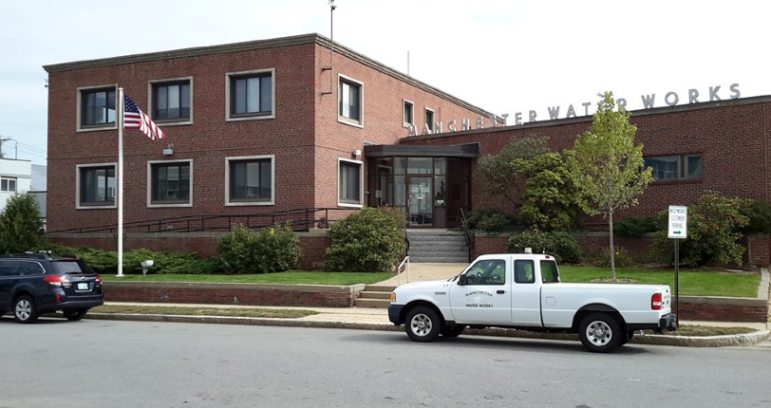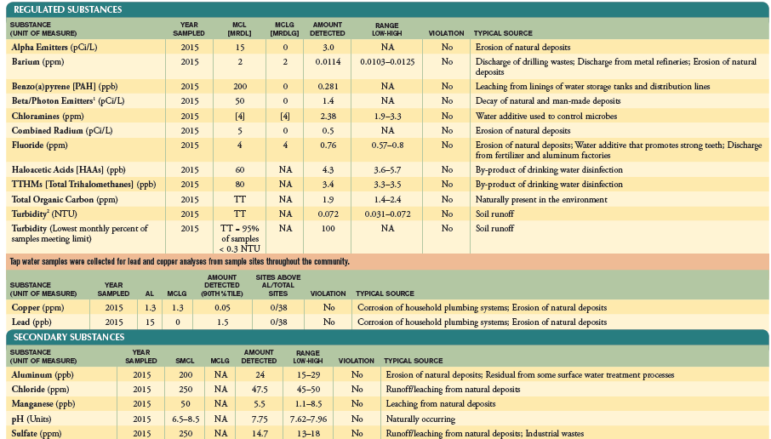
MANCHESTER, NH – National Drinking Water Week is coming soon – May 1- 7, and our city Water Works Department is on the case, fielding questions in light of the interest in drinking water quality in neighboring communities like Litchfield and Bedford, as well as national attention to the problems in Flint, Mich.
Below is a copy of the 2015 Water Quality Report for Manchester.
The following message was posted April 4 by the Manchester Water Works via Facebook, which chronicles Manchester’s efforts to ‘get the lead out’ beginning several decades ago with the replacement of old lead pipes with copper pipes:
 Here at the Manchester Water Works we like to think that an informed customer is a happy customer. With that in mind we would like to share this information with you regarding the use of lead within the City of Manchester’s water system. As many of you know the health risks that the citizens of Flint, Michigan, are having are directly related to the extensive presence of lead service connections throughout their system.
Here at the Manchester Water Works we like to think that an informed customer is a happy customer. With that in mind we would like to share this information with you regarding the use of lead within the City of Manchester’s water system. As many of you know the health risks that the citizens of Flint, Michigan, are having are directly related to the extensive presence of lead service connections throughout their system.
Up until the 1930s, lead was routinely used in the water distribution system for many reasons. It is flexible and has a low melting point. Lead was melted and used on bell joints of cast iron pipe main to join fittings and valves and create a watertight seal.

Also, it was a routine practice to use iron pipe to make a service connection to a property from the water main in the street. Some sort of flexible material was required to make the connection which is why lead “goosenecks” were used. In the early 1930s the lead service line connection material was replaced with “type k” soft copper. The normal life expectancy of the iron services was approximately 50 years so over time they were replaced with all copper. In the late 1970s and early 1980s MWW instituted a proactive program to relay any of the remaining iron services with lead “gooseneck” connections. That program was completed in the mid 1980s and since that time very few have been discovered.
There are still a few mains and fittings in our distribution system that are joined together with oakum and lead. The amount of contact between the water supply and the leaded joint is negligible. That being said, the vast number of joints of the mains that were laid using that method have been cleaned and cement mortar lined so even that minor exposure has been greatly diminished. Subsequent to that, cement lined cast iron pipe was joined with a material called leadite which is made from iron and sulfur.
To our knowledge, the last time that lead was used in any capacity in our distribution system was to seal a leaking pipe joint in the Merrimack River. Lead wool was used to repair a joint on the Low Service river crossing under the Bridge Street Bridge in the late 1980s.
We are confident that with our current treatment process, the minute amount of lead left within our distribution system poses no health risk to the public.
Contact Manchester Water Works.
 You’re one click away! Sign up for our free eNewsletter and never miss another thing.
You’re one click away! Sign up for our free eNewsletter and never miss another thing.







